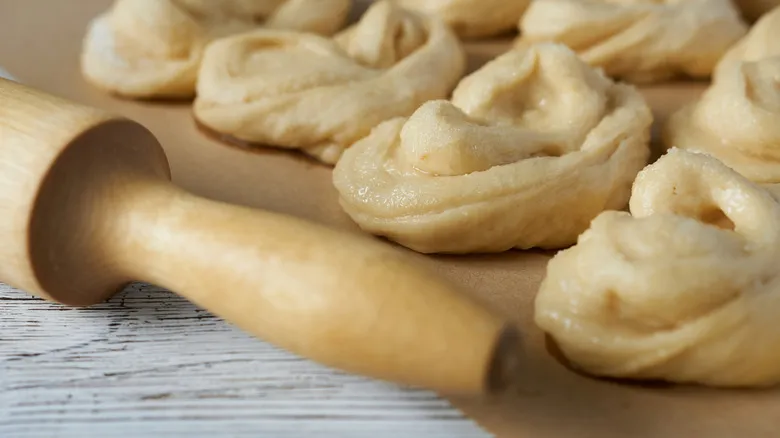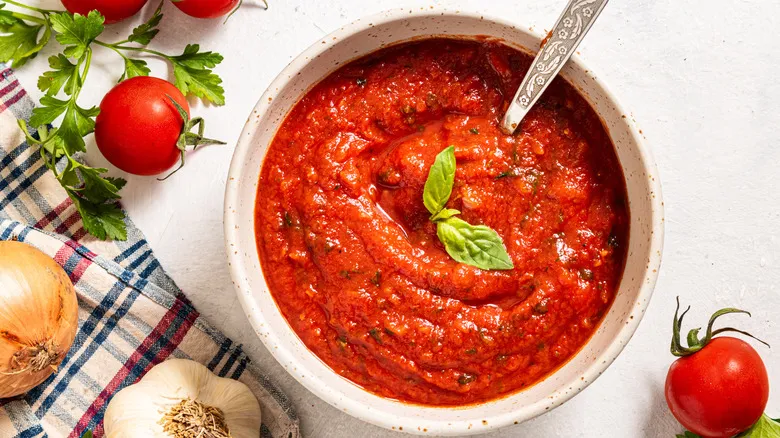Proof yeast with warm water

Start by warming approximately half a cup of water to about 100 degrees Fahrenheit. It's crucial to use a thermometer to check the temperature, as yeast is quite sensitive to heat—water exceeding 120 degrees Fahrenheit can kill it. Conversely, if the water is too cool, it may not activate the yeast at all. Next, mix in 1 teaspoon of sugar to nourish the yeast, then add a packet of yeast (or just over 2 teaspoons if using bulk yeast). Gently stir the mixture to combine.
After mixing, allow the yeast to sit undisturbed for around 10 minutes. While you wait, feel free to explore our beginner's guide to baking with yeast for additional tips. After a while, you should see the yeast foam and bubble, creating a frothy layer on top. This indicates that it is producing carbon dioxide and is ready for use. However, if there are no bubbles after 10 minutes, the yeast has likely expired. If your yeast is active but your baking results are still unsatisfactory, you might be making a kneading error that prevents the bread from rising.
What to do if your yeast expires
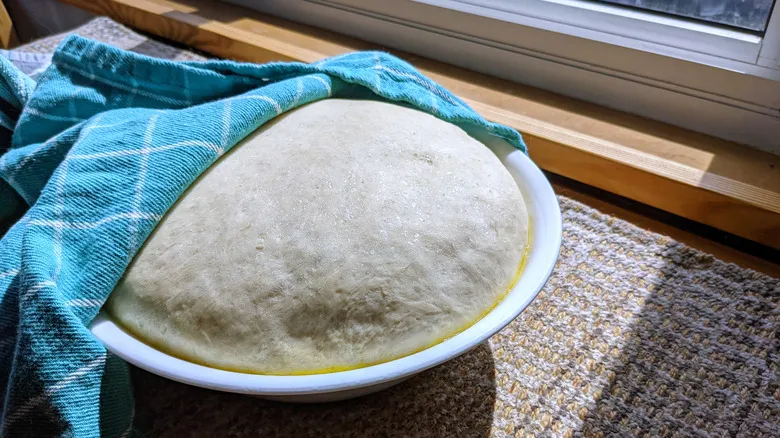
If your yeast doesn't pass the test and fails to foam, it's time to get a new batch. Unfortunately, expired yeast cannot be revived, so it's best to discard it. Be sure to store your new, unopened yeast in a cool, dry location (unless you're using fresh yeast, which should be kept in the refrigerator). Once opened, whether you have leftover yeast in individual packets or a bulk jar, it's advisable to transfer it to an airtight container and refrigerate it. In the fridge, active dry and instant yeasts can last up to four months, while fresh yeast remains good for about two weeks.
If you find yourself without active yeast while in the midst of a recipe, there are a few alternatives you can try. For instance, the combination of lemon juice and baking soda can create some lift in certain recipes, and it allows for a shorter proofing time, although the final flavor and texture may differ slightly. When using this method, the amount of lemon juice and baking soda should match the quantity of yeast you're replacing; for example, if you're substituting 2 teaspoons of yeast, use 1 teaspoon of lemon juice and 1 teaspoon of baking soda.
Recommended

Cold Vs Room-Temperature Proofing For Focaccia: An Expert Explains The Difference
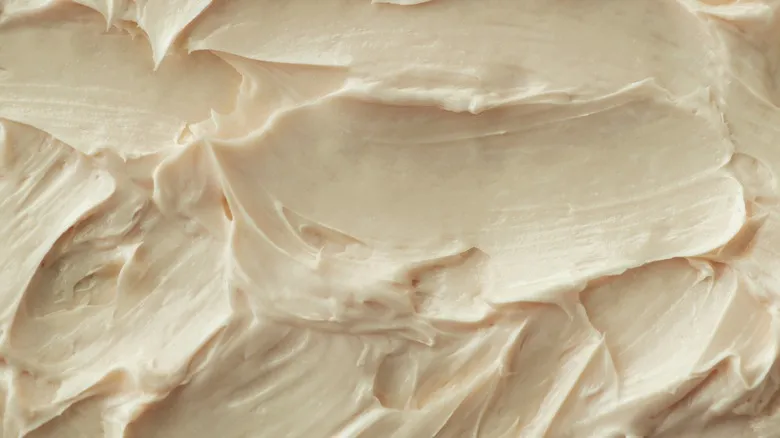
You're 3 Ingredients Away From The Easiest Cake Frosting
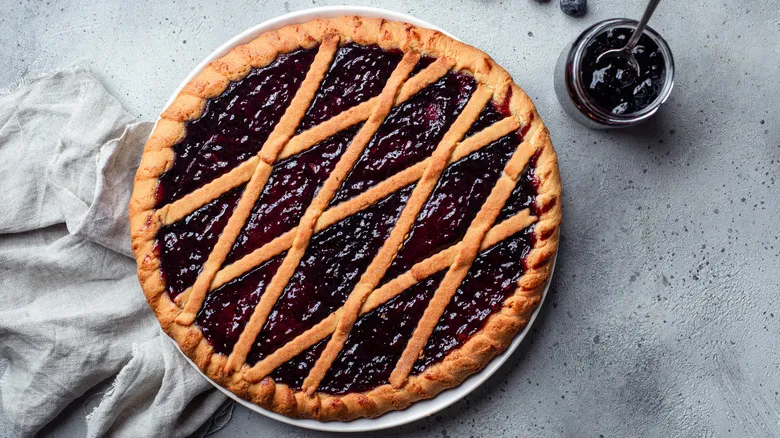
Say Goodbye To Runny Fruit Pies With This Thickening Tip

The Store-Bought Ingredient Ina Garten Thinks Is Just Fine To Use When Baking
Next up

